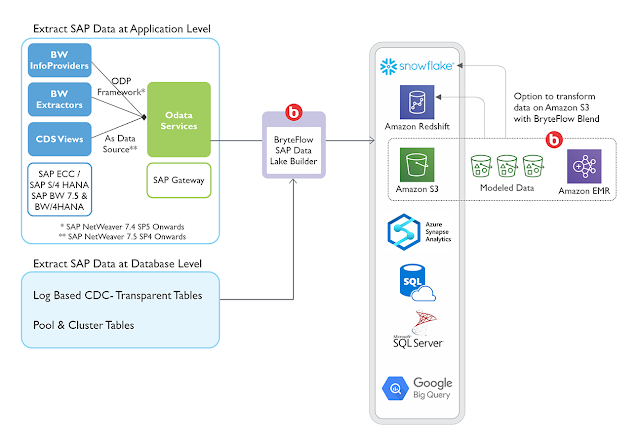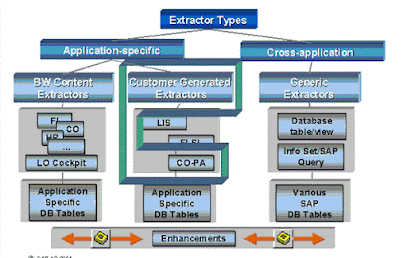Unlocking the Power of SAP Data Lake: A Comprehensive Overview
In the world of data management and analytics, SAP Data Lake has emerged as a game-changer. It provides organizations with a scalable, flexible, and cost-effective solution for storing, processing, and analyzing vast amounts of data. In this article, we will explore the concept of SAP Data Lake and its key benefits for businesses.
Understanding SAP Data Lake:
SAP Data Lake is a comprehensive data management platform that enables organizations to consolidate, integrate, and analyze data from various sources in real-time. It acts as a central repository for structured and unstructured data, allowing businesses to harness the power of big data and derive meaningful insights.
Key Benefits of SAP Data Lake:Enhanced Data Integration: With SAP Data Lake, organizations can seamlessly integrate data from diverse sources such as databases, applications, cloud platforms, and IoT devices. This enables a holistic view of the data landscape, promoting better decision-making and business agility.
Scalability and Flexibility: SAP Data Lake offers a scalable architecture that can handle massive volumes of data. It allows organizations to expand their data storage and processing capabilities as their needs grow. Moreover, it supports a wide range of data formats, making it suitable for handling structured and unstructured data.
Real-time Analytics: The real-time processing capabilities of SAP Data Lake empower organizations to analyze data as it is ingested. This enables businesses to gain instant insights, make timely decisions, and respond quickly to changing market conditions.
Cost Optimization: By leveraging SAP Data Lake, organizations can reduce infrastructure costs and operational complexities. It eliminates the need for separate data silos and minimizes data duplication. This not only saves storage costs but also streamlines data management processes.
Advanced Data Governance: SAP Data Lake provides robust data governance features, ensuring data quality, compliance, and security. It enables organizations to establish data policies, access controls, and data lineage, promoting trust and reliability in data-driven initiatives.
Conclusion:
In today's data-driven landscape, SAP Data Lake has emerged as a valuable solution for organizations seeking to unlock the full potential of their data assets. With its ability to integrate diverse data sources, scalability, real-time analytics, cost optimization, and advanced data governance, SAP Data Lake empowers businesses to make informed decisions and drive innovation.
By embracing SAP Data Lake, organizations can harness the power of big data, gain a competitive edge, and embark on a journey of digital transformation. It offers a unified platform for managing and analyzing data, enabling businesses to derive actionable insights and fuel growth.
If you are looking to leverage the power of SAP Data Lake, consult with a trusted technology partner who can guide you through the implementation process and help you unleash the true potential of your data assets.
Remember, SAP Data Lake is not just a buzzword; it is a strategic enabler for businesses to thrive in the era of data-driven decision-making. Embrace this transformative technology and take your organization to new heights of success.
Note: This article is written from a
third-party perspective and is intended to provide an overview of SAP Data
Lake. For more detailed information and implementation guidance, consult
official SAP documentation and seek expert advice.




Comments
Post a Comment